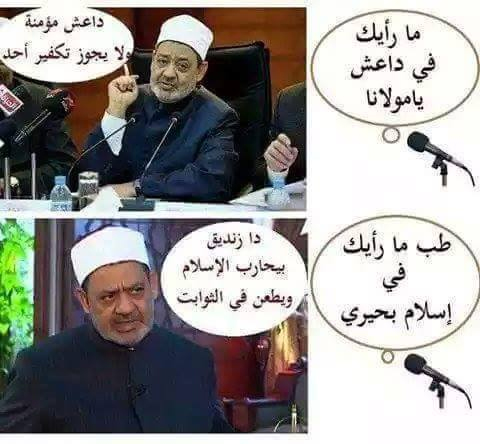
In Egypt’s post-coup standoff, allegations of torture-murders roil an already tense mood
CAIRO — People living on Badr el-Din street say they found the two young men dumped in a pile of rubbish by a park on July 27. Amr Mohammed Salim, 22, a street vendor, was dead, hands bound and body covered with gashes, residents said. Hany Moussa, a 24-year-old kitchen helper, was still alive, but barely.
They were found just three blocks from where followers of Egypt’s ousted President Mohammed Morsi are camped in protest at the new military-backed government, and what happened to them is a mystery that ties in with the tumultuous events and fierce recriminations that have engulfed Egypt over the past five weeks.
Egyptian authorities say that nearly a dozen bodies have been discovered close to Cairo’s two mass sit-ins for Morsi. The media has accused protesters of killing them. The London-based Amnesty International says it has collected eyewitness testimony of Morsi supporters torturing members of rival groups. Other rights activists say the allegations fall into a pattern of abuse by protesters of bystanders suspected to be police spies.
But Islamist participants in the sit-ins deny that they have tortured anyone, and, unlike many of the more notorious incidents of violence that have occurred throughout over two years of political turmoil in Egypt, potentially deadly attacks by sit-in participants on bystanders have not been caught on video and circulated.
Meanwhile, the allegations have often gotten lost amid a tide of less credible media accusations against the demonstrators — for example, that they are non-Egyptian Islamists, or children recruited from orphanages. These lead many to suspect that the torture claims might be propaganda as well.
The bodies and the torture allegations fuel demands from Egyptians opposed to Morsi — a large majority, at least in Cairo — that the security forces move quickly to break up the sit-ins. But international pressure has mounted on Egypt’s government to avoid a repetition of the July 26 clashes in which over 80 protesters were killed by the security forces, and diplomats including U.S. Deputy Secretary of State William Burns are trying to mediate a solution.
If the mediation fails, the notion that Islamists are torturing citizens in two lawless enclaves in Cairo will pressure the government to use force and risk another bloodbath.
On Badr el-Din street, witnesses refused to give their names because they did not want to get caught up in the conflict. But Hany Moussa’s identity was confirmed by his brother Mohammed, who picked up his injured brother. Now, Mohammed says, the young man is lying in a Nile Delta hospital with internal bleeding and 45 stitches in his head.
“He’s fighting for his life,” Mohammed said, and most of the time “he doesn’t even recognize his father or mother.” But he says that his brother has had moments of consciousness during which he has spoken about three bearded men who beat him with sticks and iron bars, leading his brother to blame the Muslim Brotherhood.
Hany Moussa was found just after the July 26 clashes near the sit-in in front of east Cairo’s Rabaah al-Adawiya mosque. He worked at a nearby military-owned hotel, and would just have finished his shift when he was attacked.



